In this auspicious occasion, we are delighted to delve into the intriguing topic related to Unlock Your Inner Artist: A Guide to Drawing for Kids. Let’s weave interesting information and offer fresh perspectives to the readers.
Introduction
Unlock Your Inner Artist: A Guide to Drawing for Kids
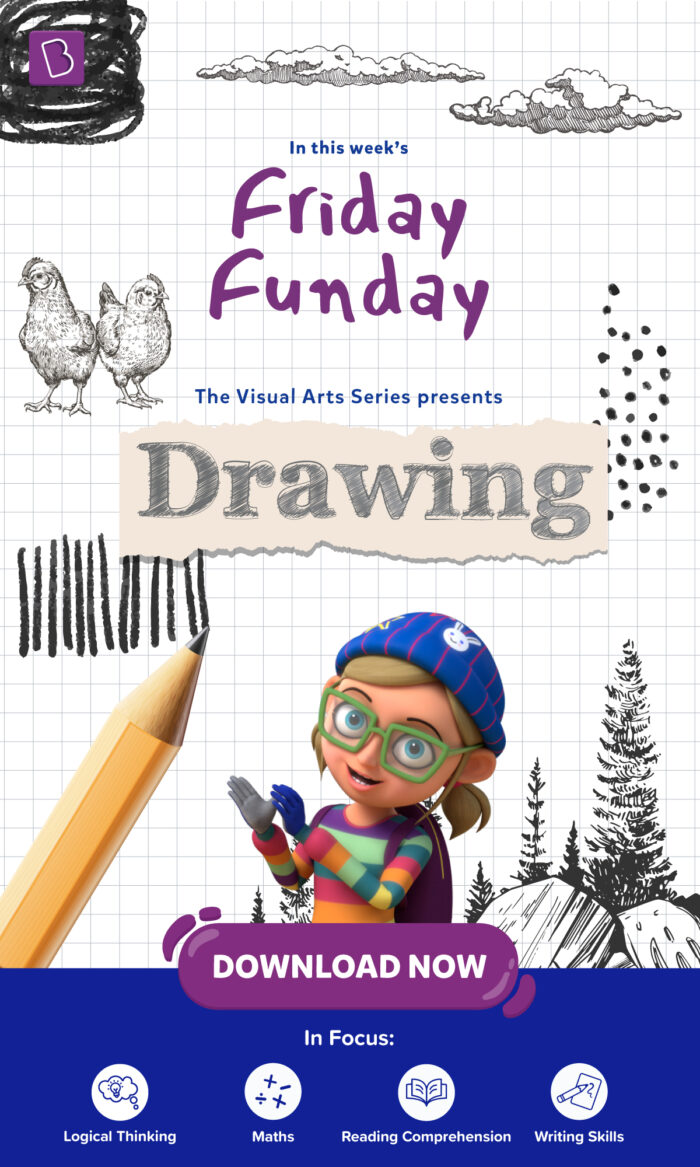
Hey there, young artists! Are you ready to embark on a creative journey and learn the magic of drawing? I’m your friendly neighborhood art teacher, here to guide you through the exciting world of pencils, paper, and imagination.
Drawing isn’t just about making pictures; it’s about expressing yourself, exploring your creativity, and having fun! It’s a skill that everyone can learn, no matter your age or experience. So, grab your favorite drawing tools, let’s get started!
The Fundamentals of Drawing
Before we dive into drawing specific objects, let’s learn the basic building blocks of any drawing:
-
Lines: Lines are the foundation of drawing. They can be straight, curved, thick, thin, wavy, or jagged. Practice drawing different types of lines to develop your hand-eye coordination and control.
- Question: What kind of lines do you enjoy drawing? Straight lines, curvy lines, or something else?

-
Shapes: Shapes are formed by lines and are the building blocks of everything you see. Start with basic shapes like circles, squares, triangles, and rectangles.
- Question: Can you name some objects around you that are made up of circles, squares, or triangles?
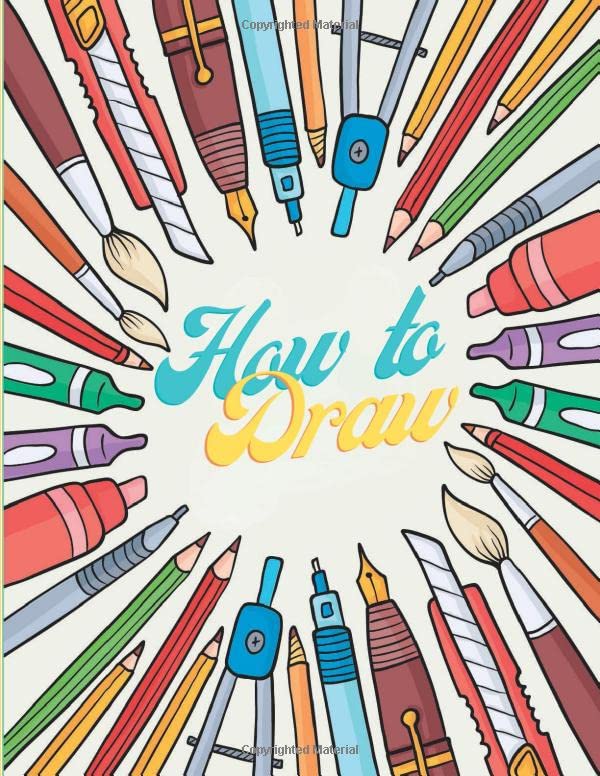
-
Shading: Shading helps to create depth and dimension in your drawings. It involves using different shades of a single color to create the illusion of light and shadow.
- Question: Have you ever noticed how light and shadow play on objects around you? How do you think we can use shading to show this in our drawings?
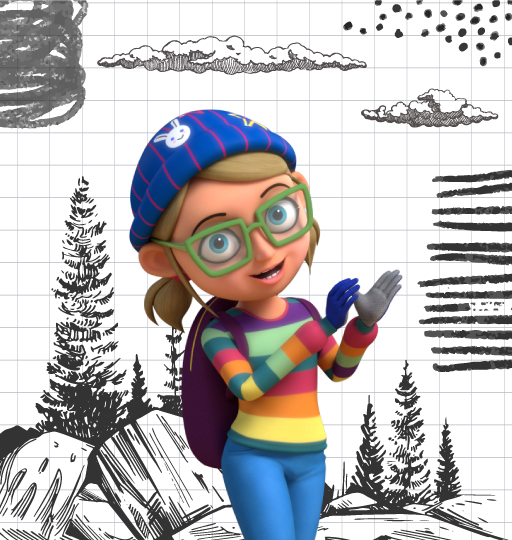
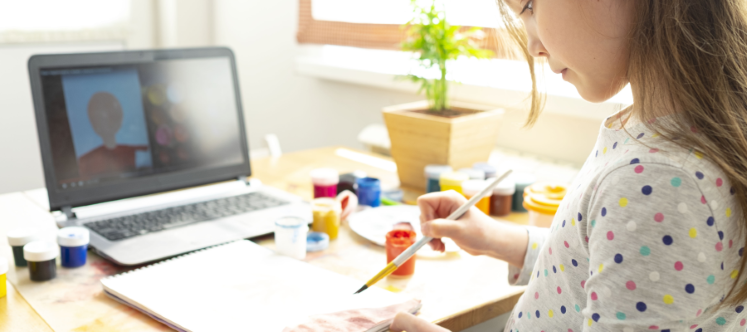
Let’s Draw!
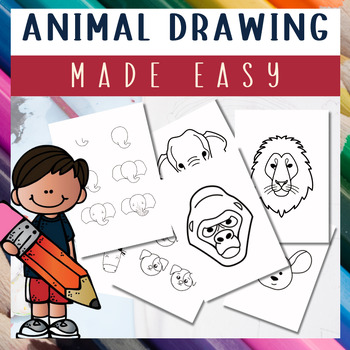
Now that we’ve covered the basics, let’s put them into practice. Here’s a simple step-by-step guide to drawing a cute little bunny:
-
Start with a Circle: Draw a circle for the bunny’s head.
-
Add the Ears: Draw two long, oval shapes on top of the circle for the bunny’s ears.
-
Draw the Body: Below the circle, draw a slightly curved line for the bunny’s back and another line for its belly. Connect the lines to create a rounded body.
-
Add the Legs: Draw four short, rounded lines for the bunny’s legs.
-
Draw the Face: Inside the circle, draw two small circles for the bunny’s eyes. Add a small triangle for its nose and a curved line for its mouth.
-
Add Details: Draw some whiskers on the bunny’s face and a fluffy tail.
-
Shading: Use light and dark shading to give your bunny a more realistic look.
The Benefits of Drawing
Drawing is not just a fun hobby; it offers many benefits for children:
-
Improves Fine Motor Skills: Drawing helps develop hand-eye coordination, dexterity, and control over small muscle movements.
-
Boosts Creativity: Drawing encourages imagination and allows children to express themselves freely.
-
Enhances Problem-Solving Skills: Drawing requires planning and thinking about how to represent objects on paper.
-
Improves Concentration: Drawing requires focus and attention to detail.
-
Builds Confidence: Seeing their own creations come to life can boost children’s self-esteem and confidence.
FAQs About Drawing
Here are some common questions children have about drawing:
-
What should I draw? The best thing to draw is whatever inspires you! Draw things you see around you, your favorite animals, imaginary creatures, or anything that catches your eye.
-
What if I can’t draw well? Everyone starts somewhere! Don’t worry about making mistakes; just have fun and keep practicing.
-
What kind of pencils should I use? You can use regular pencils, colored pencils, or even crayons! Experiment with different tools and see what you like best.
-
How can I make my drawings look better? Practice is key! The more you draw, the better you’ll get. Also, observe the world around you carefully and try to capture what you see in your drawings.
-
What if I don’t have any ideas? Look around your room, go for a walk, or read a book for inspiration. You can also try drawing from your imagination!
Remember: Drawing is a journey, not a race. Have fun, experiment, and don’t be afraid to make mistakes! The more you practice, the more you’ll discover your own unique artistic style.
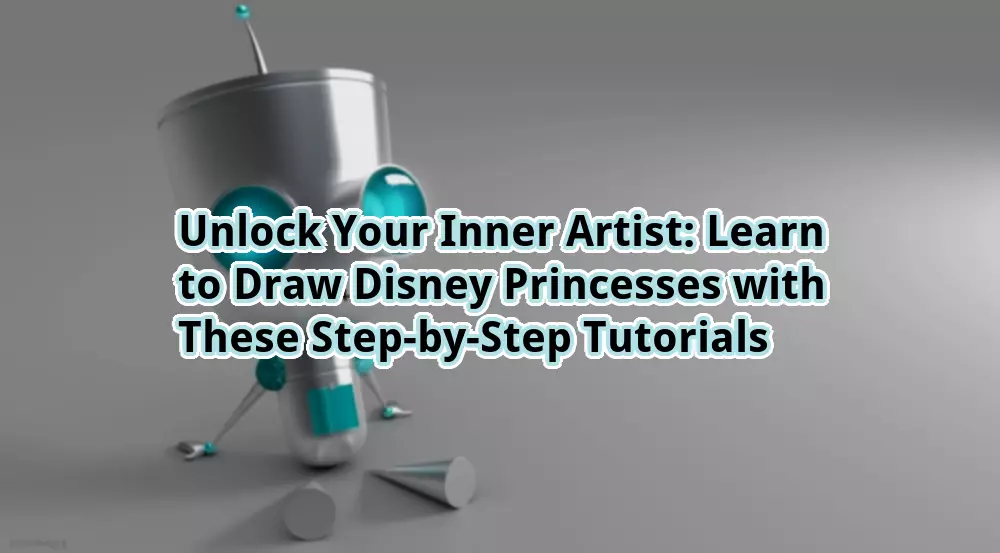
Thus, we hope this article has provided valuable insights into Downloads Unlock Your Inner Artist: A Guide to Drawing for Kids. We thank you for taking the time to read this article. See you in our next article!
 apapunada.my.id News Bisnis Technology Tutorial
apapunada.my.id News Bisnis Technology Tutorial